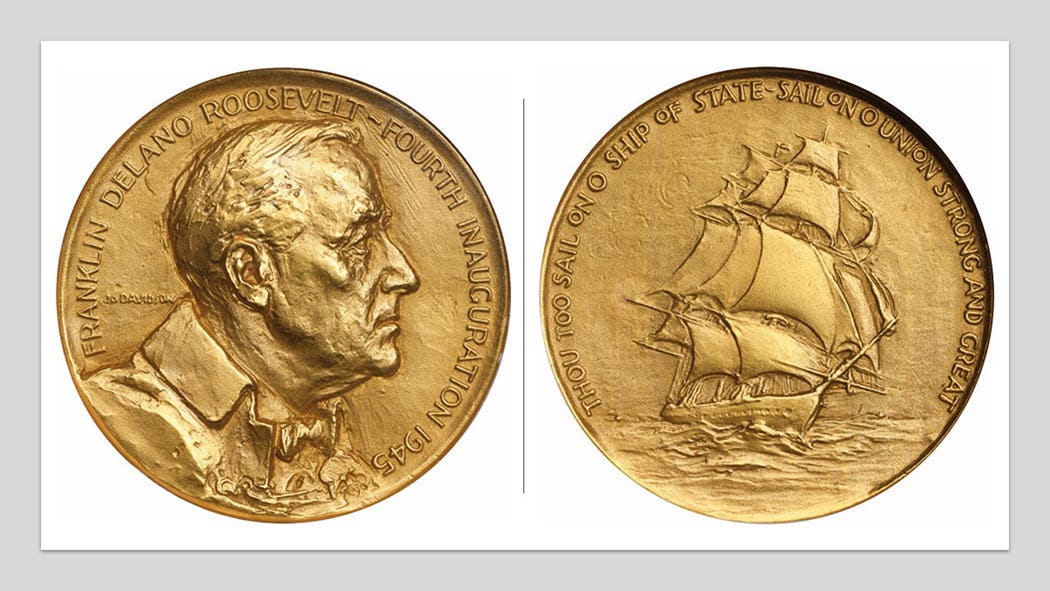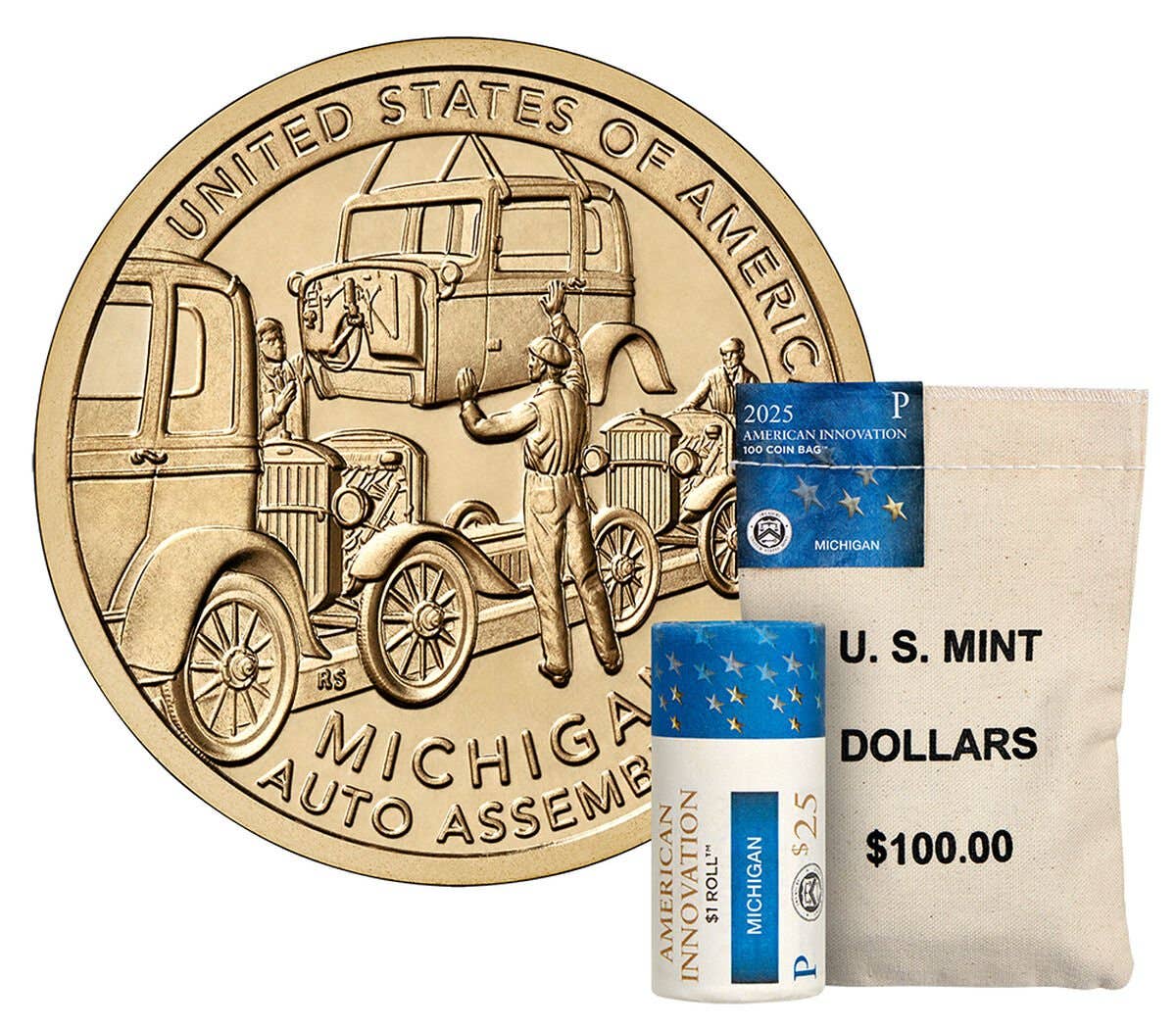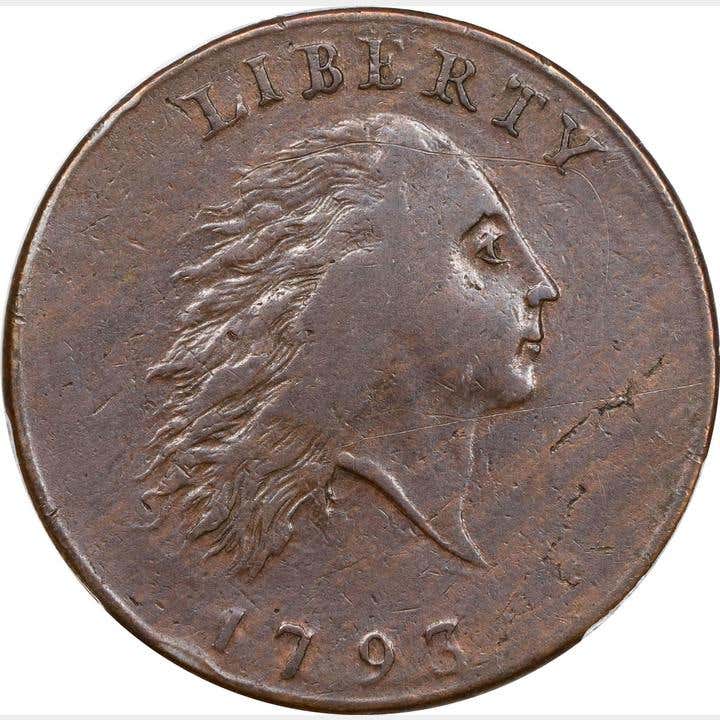Lincoln Cent Errors Discovered in Virginia
Error-variety coin dealer finds the two distinct die stages in his pocket change.
G.J. Lawson of Hampton, Va., didn’t have to go far to end 2021 by hitting the jackpot. He pulled a small quantity of pretty major Rim-To-Rim Die Break errors out of a local store from mid- to late November. As an error-variety coin dealer whose ads you can find in Numismatic News going back as far as the early 1970s, he’s used to having to purchase his inventory from coin suppliers – but this time all he had to do was look in his pocket change.
He found 18 of them at Harris Teeter Pharmacy. Because the cashier behind the counter was not authorized to sell or exchange any rolls of cents with him, he had to buy single packages of cheese and crackers, which after tax came out to 41 cents each, giving him a nickel and 4 cents in change each time he went back to buy more. It was the only way he could check out those cents. He believes the entire town is serviced by Brinks and that there could be many more of these errors to be found. That, of course, remains to be seen.
Lawson found them in two distinct die stages without and with a die break. The earlier stage is quite obvious, but the later stands out like a sore thumb.
Error specialist Robert Risi was also able to locate a small quantity of the variety, citing a recent purchase he made of 26 examples from a coin searcher who also got them out of Virginia. This batch included a total of four die stages, though the “major stages” are being treated as just a pair – with and without die break. He believes the variety will turn out to be rarer than Lawson seems to suggest.
Rarity is relative. If 100, even 200, of these got into a small town, then it is common to that town … at least until they all get found and dispersed among collectors all over the country. At that point, many errors like this disappear into the woodwork for decades and a mintage of 100-200 all of a sudden becomes minuscule and difficult to locate. Time will tell if they are rare or not.
The earliest stage of this error exhibits die cracks that extend inward from 3 o’clock and 7 o’clock connected together via a very minor, almost microscopic, hairline die crack extending from over the upper loop of the “2,” through Lincoln’s vest and finally connecting to the wider area of the crack below his tie.
The later stages all exhibit a large die break as described previously and because of this they show quite a bit of weakness in around and below the date. This is due to the flow of metal away from that area and into the die break. When the break is enlarged a bit more to the east (as shown in the third and fourth photos of the stages) so did the flatness of strike. This flatness is actually a part of the error and is not a separate error. (I have not assigned Stage numbers such as Stage 1, Stage 2, etc. because there may be additional in-between stages I have not yet seen.) Metal being pulled into the die cracks and die break also pulled metal from the reverse design, resulting in a complete absence of letters in these areas due to insufficient metal flow into the letters of “Of AMERICA” and surrounding field.
A Rim-To-Rim Die Crack or what some call a Candidate-for-a-Cud or Pre-Cud-Die-Break is defined as a crack on the die face that begins at the edge of the die face and ends at the edge of the die face in a different location. On the struck coin it will show as a raised irregular line of coin metal extending from the rim at any one point to the rim at any other point. The points may be directly opposite each other, or a crack may curve in a loop and return to the rim just short of a distance from where it started. If the die is in bad shape there may be several loops, as well as some in the central area of the die, looking much like a road map with lines connecting several towns. Rim-to-Rim Die Cracks may be interrupted anywhere along their length by a single or series of die chips and/or die breaks. (This is the latest modification for the definition given in the Official Price Guide To Mint Errors, 7th Edition, of which I was co-author with the late Alan Herbert.) None of the stages I’ve seen qualify as Retained Cuds since there is not enough vertical or horizontal displacement of design for it to qualify. But that should not affect the desirability of the error at all. That die break is massive for a Lincoln cent – perhaps the largest known for the Shield cent.
For reader edification, a die crack is just that: a crack with no metal missing from the die, resulting in a raised irregular line on the coin. On the other hand, a die break (which may start out as a crack or series of cracks) represents an area of the die that has broken and fallen away, leaving behind a void or what appears to be a blob of metal with no design in its place on the struck coins. The United States Mint refers to this as a “piece out” (which you can see printed on many of the certificates the U.S. Mint issued with the thousands of defaced dies it sold to collectors during the 1990s-2000s).
So, what they are worth? That’s anybody’s guess and will ultimately be determined based on supply and demand. What we do know so far is that early on, a few two-piece sets of Lawson’s stages sold at $30 each privately, while an example in the later stage with counting machine damage sold on eBay for $126 two weeks ago.
However, even more dramatically, two more eBay sales took place within just the last few days of this writing (Dec. 22). A sale ending on Dec 19 garnered $800, while another example sold on Dec 22 garnered $595. They both came with an example of the earlier stage.
So $30 or $800? No matter what they might turn out to be worth when the dust settles, if you’re in Virginia it might just pay to check your pocket change! υ
The error has been listed into the Variety Coin Register as VCR#1/RTMDC#1 and is slated for inclusion in the 6th edition of Strike It Rich With Pocket Change.
Let us know what you find in your pocket change by contacting the editor at numismatics@aimmedia.com.
Ken Potter has been specializing in error-variety coinage since 1979. He is a longtime freelance writer and Numismatic Literary Guild award-winner for Numismatic News. He is also a past columnist for NN’s sister publication, World Coin News. He is co-author of Strike It Rich With Pocket Change with Dr. Brian Allen. He maybe be contacted via email at kpotter256@aol.com.








